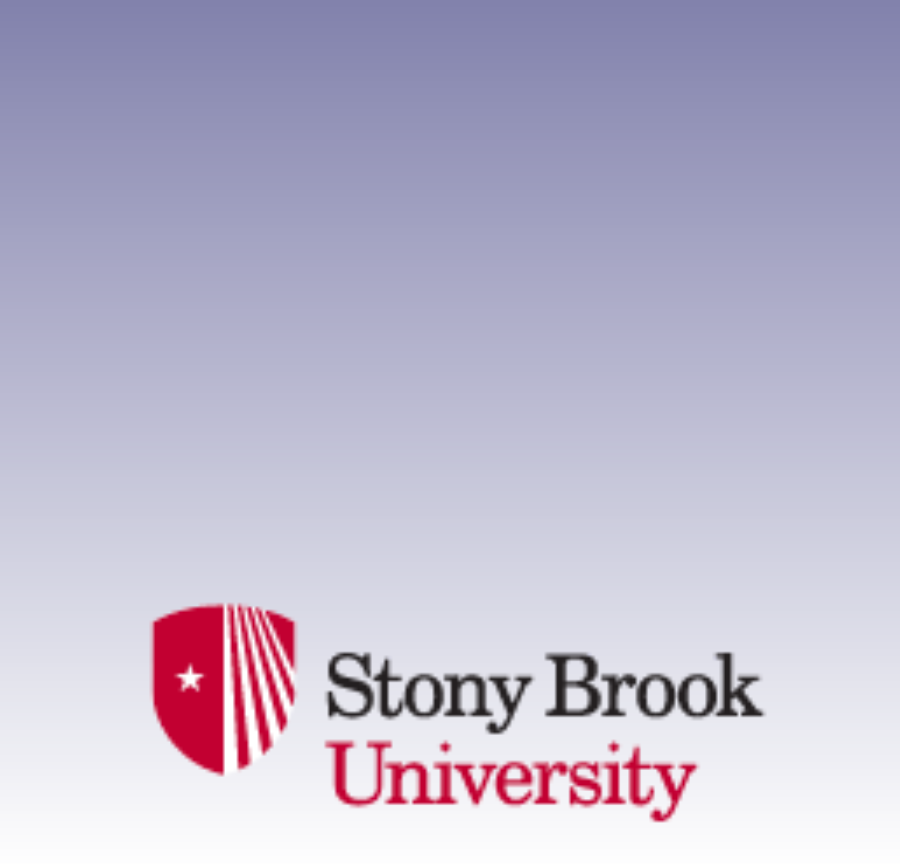Events Calendar
Using computational approaches to analyze single cell shape 'signatures' generated by quantitative imaging of a panel of breast cancer lines, we discovered that the activity of the pro-inflammatory transcription factor NF-kappaB is regulated by cell shape (Sero et al., Molecular Systems Biology 2015). Recently using mathematical models in tandem with functional genomics we identifying a new mechanisms coupling cell shape to the dynamics of the YAP transcription factor (Sero et al., Cell Systems 2017).
To gain both systems-level insights into the relationship between cell shape and transcription we have developed an image-omics approach to integrate quantitative cell imaging data, gene expression, and protein–protein interaction data to systematically describe a "shape-gene network". The actions of this network converge on NF-κB, and support the idea that NF-κB is responsive to mechanical stimuli. Critically, these networks have predictive value regarding tumor grade and patient outcomes. Our work highlights the importance of integrating phenotypic data at the molecular level with those at the cellular and tissue levels to better understand breast cancer oncogenesis (Sailem et al., Genome Research 2017).


